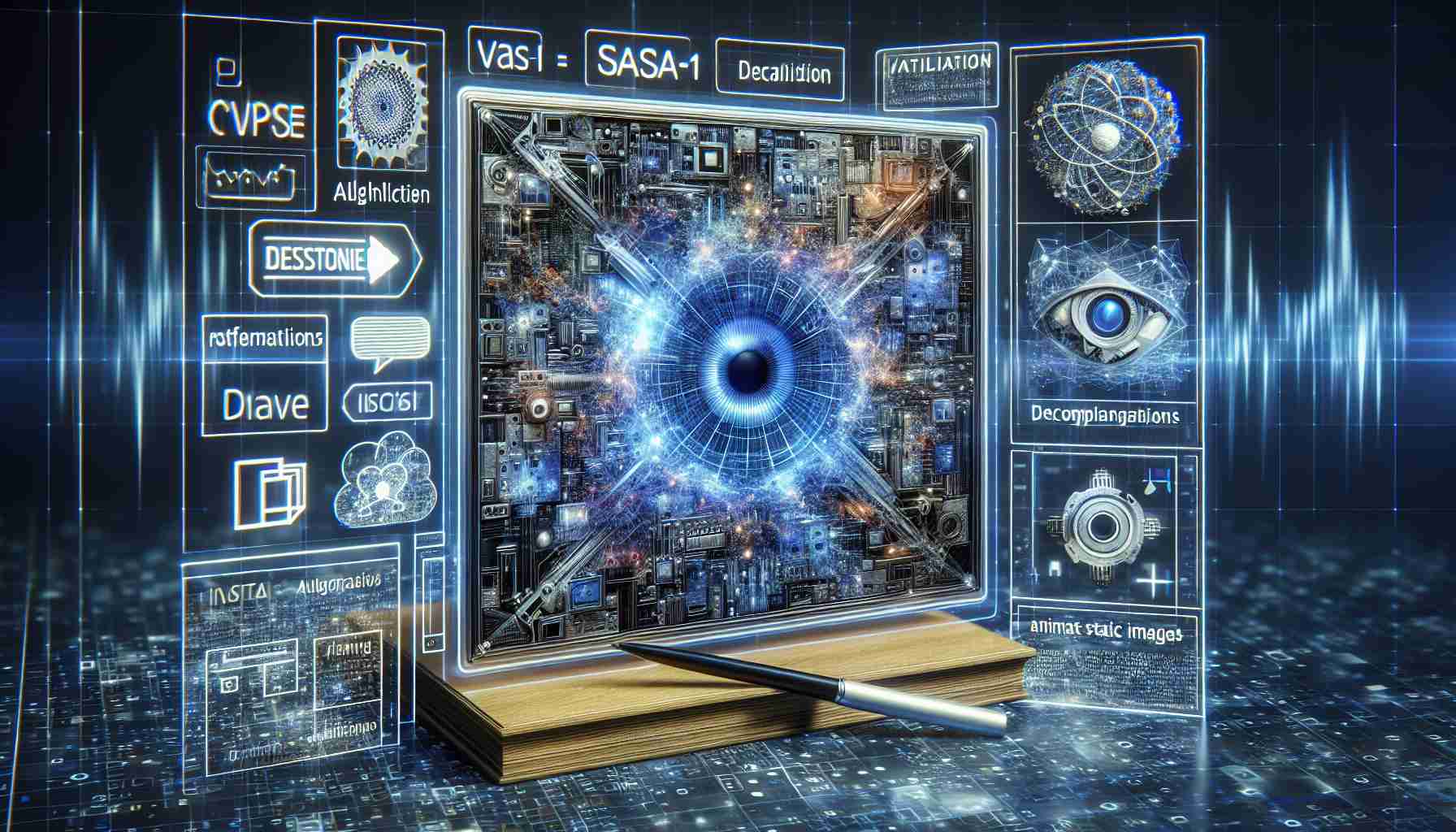Introducing VASA-1: The tech giant Microsoft has revealed an advanced artificial intelligence tool that is changing the way we see static images. Their latest innovation, VASA-1, has the remarkable capability to animate still face photographs into high-resolution video clips. With the ability to produce videos at a resolution of 512 by 512 pixels and a smooth frame rate of up to 40 frames per second, VASA-1 is setting a new standard in the realm of digital animation.
Audio-Visual Synchronization: VASA-1 isn’t just about creating any animation—it’s a groundbreaking system that processes an image alongside a minimum one-minute audio clip, such as a speech or song, to generate a video. The result is not just an animated face but a detailed simulation that includes accurate lip-syncing and the replication of nuanced facial microexpressions that bring the image to life as never seen before.
Innovative Applications: This sophisticated piece of technology extends its reach beyond real-life photographs. It possesses the ability to animate artistic depictions of human faces, giving a new dimension to drawings and even historical pieces of art. The internet was particularly captivated by a demonstration video featuring the iconic Mona Lisa portrait, ingeniously animated to perform a popular rap song.
Despite its impressive capabilities, Microsoft has decided to reserve VASA-1 strictly for research purposes at present. The company has expressed its concerns regarding potential misuse, acknowledging the risk of creating misleading deepfake videos. Consequently, VASA-1 will not be made available to the public in the interest of preventing real-world harm that such technology could inadvertently cause.
Microsoft’s cautious approach echoes that of OpenAI’s strategy with its ultra-realistic video generation tool Sora, indicating a trend of responsible AI development among industry leaders. As these organizations continue to explore the beneficial applications of such powerful AI tools, the ethical considerations at play are taking center stage in the development and deployment of groundbreaking technologies.
Relevant Facts:
– Microsoft’s entry into AI-generated video from static images reflects the company’s ongoing investment and interest in artificial intelligence and machine learning.
– The development of VASA-1 comes against the backdrop of increasing sophistication in deep learning algorithms, especially generative adversarial networks (GANs), which have the capability to produce highly realistic images and videos.
– The ethical issues surrounding deepfake technology have led to discussions around legislation and regulation aimed at combatting its misuse.
– The potential for VASA-1 or similar technologies to revolutionize areas such as filmmaking, gaming, virtual reality, and customer service with more realistic AI avatars is significant.
Important Questions and Answers:
Q: What are the key challenges associated with VASA-1?
A: The primary challenge is to ensure the technology is not used unethically to create deceptive deepfake content that could contribute to misinformation or violate individual privacy. Additionally, balancing the innovation in AI with public transparency and trust is crucial.
Q: What are some controversies associated with this technology?
A: Technologies like VASA-1 may raise concerns regarding consent, as animating an individual’s image without permission could lead to legal and ethical violations. The potential use of AI for manipulating videos in political propaganda, or to create non-consensual pornography, are other significant controversies.
Advantages and Disadvantages:
Advantages of VASA-1 include:
– The creation of more realistic animations, enhancing creativity in art and entertainment.
– Potential educational applications, such as bringing historical figures to life for better engagement.
– Improved AI avatars for virtual environments and customer service bots.
Disadvantages of VASA-1 include:
– High risk of misuse for creating deepfakes, leading to misinformation and other malicious activities.
– Ethical issues concerning the digital resurrection of deceased individuals without consent.
– Potential loss of jobs in certain sectors, such as acting and animation, if the technology becomes prevalent.
For more general information on Microsoft and their technology developments, you can visit their official website at Microsoft.

